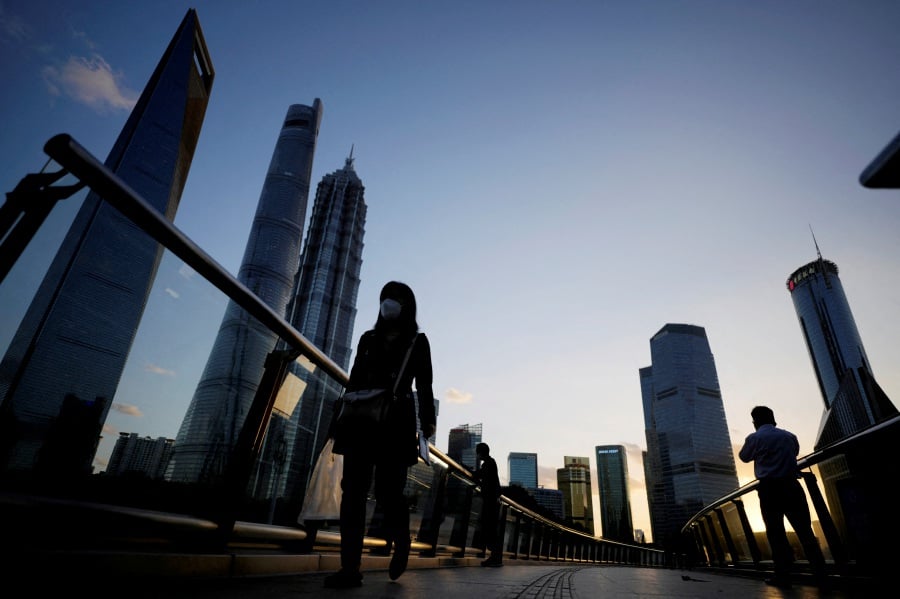Chinese subtlety during the Beijing Olympics manifested in various strategic maneuvers and carefully orchestrated displays aimed at projecting China's image as a modern, powerful, and harmonious nation on the global stage.
Amid the grandeur of the sporting event,
China employed nuanced messaging, diplomatic finesse, and symbolic gestures to advance its political objectives and shape international perceptions.
Overall, Chinese subtlety demonstrated the nation's adeptness at leveraging symbolism, diplomacy, and strategic communication to advance its political objectives and shape international perceptions.
By combining spectacle with strategic messaging, China successfully projected an image of confidence, strength, and sophistication, leaving a lasting impression on the global stage.
Fireworks during opening ceremony
The Beijing Olympics opening ceremony in 2008 was a spectacular display of grandeur and precision, showcasing China's ambition to dazzle the world with its cultural heritage and technological prowess.
However, amid the awe-inspiring performances and meticulously choreographed events, controversy arose over allegations that some of the fireworks displayed during the ceremony were faked.
Reports emerged suggesting that portions of the fireworks shown on television screens around the world were actually pre-recorded and digitally enhanced to enhance their visual impact.
It was alleged that this manipulation was done to ensure a flawless and seamless broadcast, as live fireworks displays can be unpredictable and subject to weather conditions.
The revelation of faked fireworks during the Beijing Olympics opening ceremony underscored the challenges and complexities of staging large-scale events in the age of digital media and global scrutiny.
While the incident tarnished the reputation of the event to some extent, it also highlighted broader concerns about the manipulation of images and narratives in the modern media landscape.
The incident served as a cautionary tale about the potential pitfalls of prioritizing spectacle over authenticity in the pursuit of global prestige and recognition.
Beijing Olympic ceremony lip-synch -girl's voice used, not face
The Beijing Olympics opening ceremony in 2008 captivated audiences worldwide with its grandeur and precision. However, amidst the splendor, controversy arose over the performance of the song "Ode to the Motherland" by Lin Miaoke, who was lip-syncing to the voice of another girl, Yang Peiyi.
In a decision that sparked debate and criticism, Chin officials opted to have Lin Miaoke, a cute and photogenic girl, lip-sync to Yang Peiyi's prerecorded vocals during the actual performance. While Lin charmed the audience with her adorable appearance, it was Yang's voice that resonated through the stadium and across the globe.
However, supporters of the decision contended that the ultimate goal was to create a flawless and memorable performance that would showcase China's cultural heritage and artistic talent to the world. They argued that sacrificing authenticity in favour of visual perfection was a necessary trade-off in the pursuit of this objective.
This incident sparked discussions about the blurred lines between reality and illusion in the realm of global events and media.
Does China fudge its economic data?
In the realm of economic data, China operates with precision akin to a well-oiled machine under the watchful eye of the National Bureau of Statistics (NBS), answering to the State Council's authority. This bureaucratic orchestra orchestrates a symphony of data collection, aggregation, and dissemination, covering a spectrum of economic metrics from GDP growth to inflation rates.
The heart of the operation lies in the calculation of economic indicators, where statistical methodologies and formulas transform raw data into actionable insights. From GDP growth to unemployment rates, these indicators paint a vivid portrait of China's economic landscape.
Once calculations are complete, the NBS unveils its findings to the public through various channels, be it press releases or online platforms. Regular releases provide timely updates on the economy's performance, offering valuable insights for policymakers and investors alike.
Yet, this process is not without its challenges. Concerns about data accuracy and transparency persist, casting shadows on the reliability of China's economic statistics. Despite ongoing efforts to address these issues, doubts linger, underscoring the need for continuous scrutiny and improvement in China's data reporting practices.
Role of International Institutions
Despite persistent doubts surrounding the accuracy of China's economic data, significant strides have been made in recent years to address these concerns.
One noteworthy development is the Chinese government's commitment to reforming and modernising its statistical system. These reforms aim to enhance the quality and reliability of economic data by implementing more advanced data collection methods and improving transparency in reporting practices.
Moreover, international collaboration plays a crucial role in supporting China's efforts to strengthen its statistical capacity. Organizations such as the International Monetary Fund (IMF) and the World Bank provide valuable technical assistance and expertise to assist Chinese authorities in this endeavour.
Through joint initiatives and partnerships, China gains access to best practices and methodologies employed globally, further contributing to the improvement of its statistical infrastructure.
It's important to approach assessments of China's economic data with caution, considering the complexities inherent in collecting and reporting statistics in such a vast and diverse economy.
Rapid economic growth, technological advancements, and evolving market dynamics pose unique challenges to data collection and analysis. Therefore, while doubts may linger, acknowledging the ongoing efforts and collaborations aimed at enhancing data quality is essential in understanding the complexities of China's economic landscape.
Trajectory?
China shares many features with Brazil, Mexico, and Russia. Political Economists have identified these four countries as belonging to the "semi-periphery" of the world economy, a group of states that are not as rich and powerful as the developed democracies but not as poor as the small countries of Africa and Central America. These countries are characterized by strong states with weak institutions and governments highly influenced by the richest citizens in addition to mass poverty.
Granted, China is bigger than those countries, but there is no reason to think that being big makes it different. Statistics show no correlation between a country's size and its economic growth.
Therefore, it is more reasonable to assume that like other middle-income countries, China will likely continue to grow slightly faster than Western countries, although not as fast as it did between 1990 and 2010 and with much more volatility.
In the final analysis, in the future it seems that China is more likely to focus on meeting the needs of its own people, more than anything else.
*The writer serves as a senior consultant at Global Asia Consulting and has a background as a senior researcher at the Malaysian Institute of Economic Research. The viewpoints articulated are solely those of the author.





